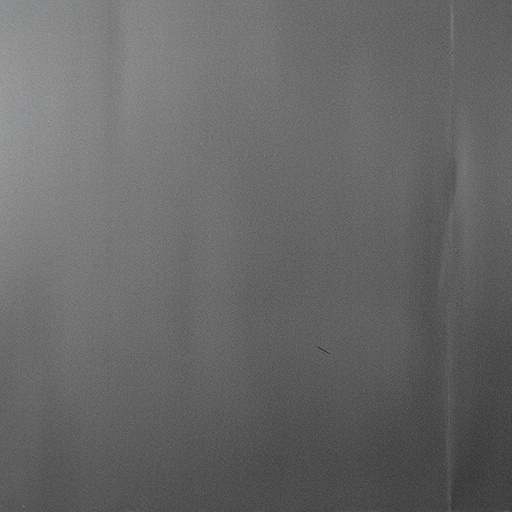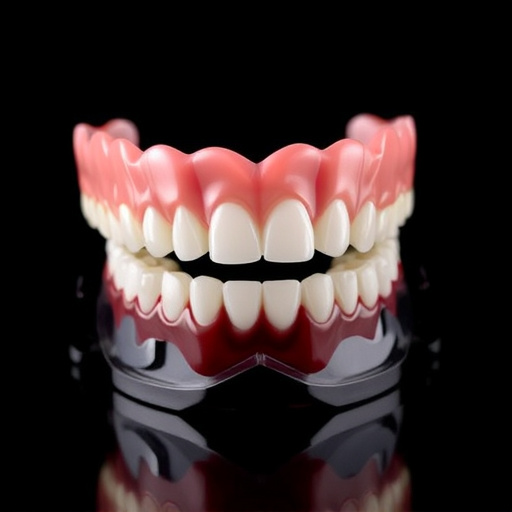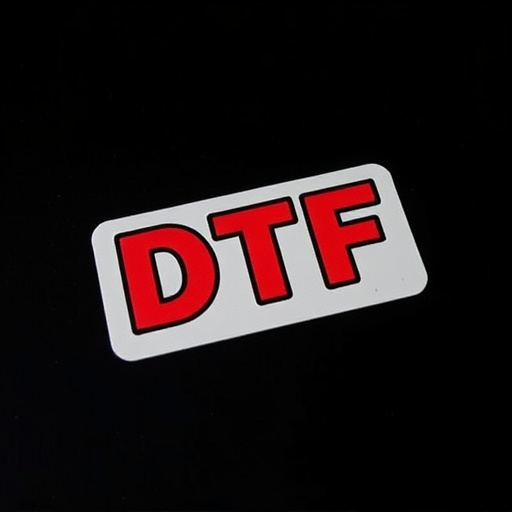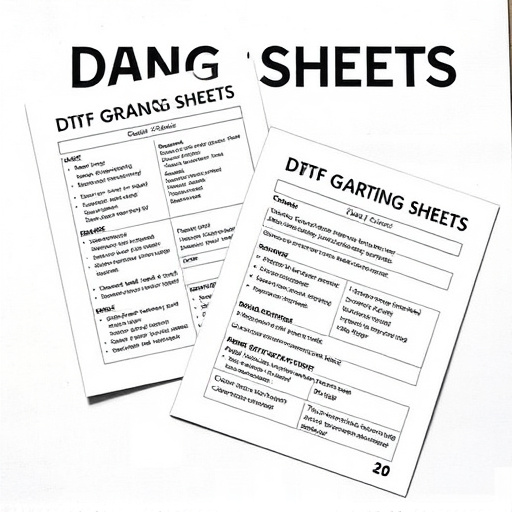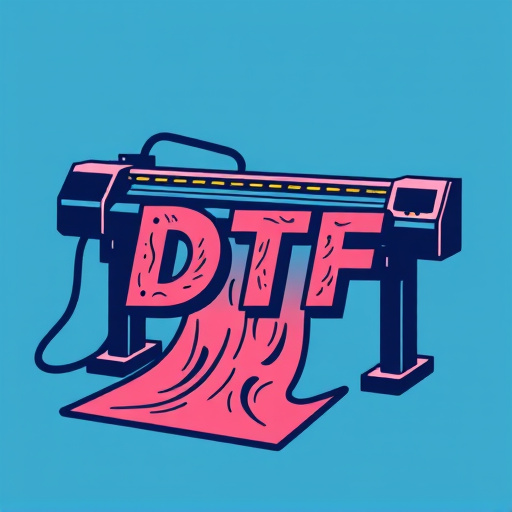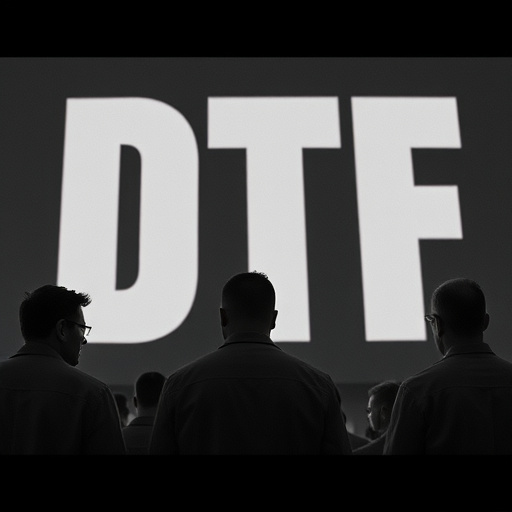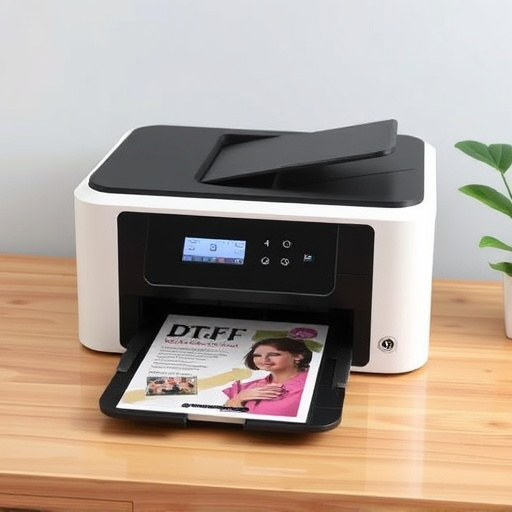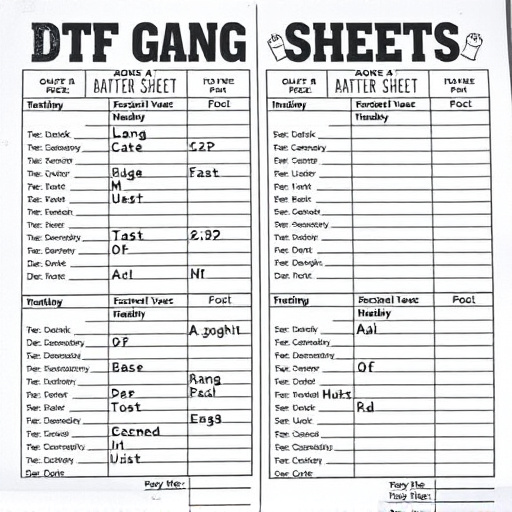Fast DTF Transfers revolutionize apparel production by directly printing digital designs onto fabrics with speed and precision, eliminating complex steps. This technology enables detailed, vibrant prints on cotton and polyester, streamlining customization for small batches, prototypes, and mass production while minimizing waste and turning around orders quickly. It's a game-changer for brands seeking efficiency, high-quality output, and enhanced product personalization.
Discover the game-changing potential of Fast DTF Transfers in revolutionizing the apparel industry. This technology offers a dynamic and efficient way to add intricate designs to clothing, elevating both product quality and production speed. In this article, we’ll explore the benefits of Fast DTF Transfers, from cost savings to design versatility. We’ll also provide a comprehensive step-by-step guide on implementing this innovative process for apparel products, ensuring you’re equipped with the knowledge to stay ahead in today’s competitive market.
- Understanding Fast DTF Transfers for Apparel
- Benefits of Using Fast DTF Transfers in the Apparel Industry
- Step-by-Step Guide to Implementing Fast DTF Transfers on Apparel Products
Understanding Fast DTF Transfers for Apparel
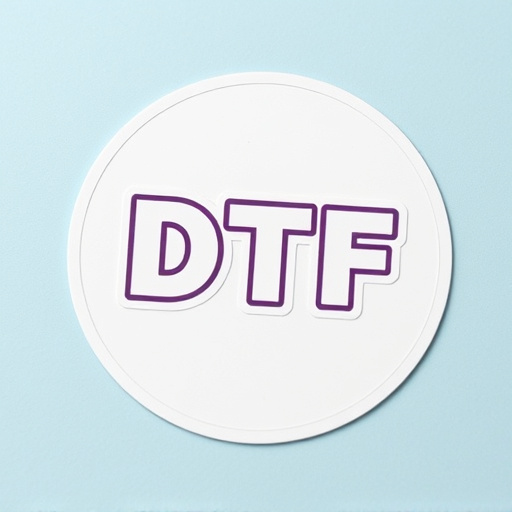
Fast DTF Transfers have revolutionized apparel design and production. DTF stands for Direct to Fabric, a printing method that enables the transfer of designs from digital files directly onto various fabrics with remarkable precision and speed. This process involves using specialized DTF transfer sheets that act as intermediaries between the design and the fabric, allowing for detailed, vibrant prints on a wide range of materials, including cotton, polyester, and more.
Understanding DTF meaning is crucial for effective implementation in apparel manufacturing. Unlike traditional methods that require multiple steps like screen printing or heat pressing, DTF printing for t-shirts and other garments offers a streamlined approach. The fast transfer process ensures minimal downtime, reduces waste, and enables efficient customization, making it an ideal solution for small batches, prototypes, and even mass production runs.
Benefits of Using Fast DTF Transfers in the Apparel Industry
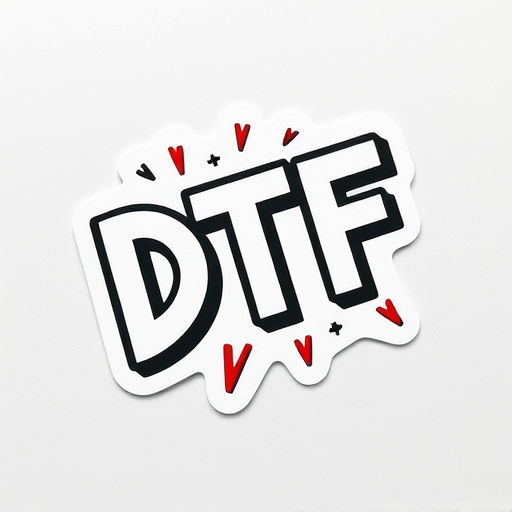
In the fast-paced apparel industry, time is money, and efficiency is key. This is where Fast DTF Transfers (Direct to Film Transfers) revolutionize the way brands produce custom designs. By eliminating the need for intricate cutting and weeding processes, Fast DTF Transfers offer a swift and precise method for applying graphics to various fabric types. This technology allows businesses to achieve high-quality, detailed prints in record time, ensuring they meet demanding deadlines.
Moreover, adopting Fast DTF Transfers can enhance product personalization and uniqueness. With direct-to-film printing, brands can effortlessly create custom designs, from simple monograms to complex illustrations, all while maintaining exceptional color accuracy and vibrancy. This level of customization not only caters to the diverse preferences of customers but also enables businesses to stand out in a crowded market, making Fast DTF Transfers a game-changer for apparel manufacturing.
Step-by-Step Guide to Implementing Fast DTF Transfers on Apparel Products
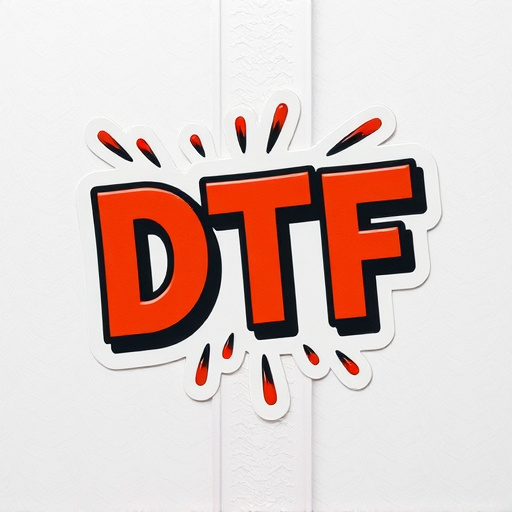
Implementing Fast DTF (Direct to Fabric) Transfers on apparel products is a straightforward process that can significantly enhance your clothing brand’s production efficiency and design capabilities. Here’s a step-by-step guide to get you started:
1. Prepare Your Design: Using graphic design software, create or select the artwork for your logo or graphic. Ensure it’s optimized for DTF printing with high resolution and appropriate color profiles. For logos on dft for clothing brands, keep lines crisp and avoid fine details that might blur at larger print sizes.
2. Select the Right DTF Printer: Invest in a reliable DTF printer suitable for fabric applications. These printers use heat to transfer ink directly onto the fabric, offering vibrant colors and crisp details. Popular options include DTF printers from brands specializing in textile printing technology.
3. Prepare Your Fabric: Choose high-quality fabrics like cotton or polyester that are suitable for DTF printing. Ensure the fabric is clean, free of stains or wrinkles, and properly pre-treated as per the printer’s instructions to achieve optimal ink adhesion.
4. Load and Position the Design: Load your design onto the printer using the software provided. Adjust the position and scaling to ensure the artwork aligns perfectly with the fabric panel. Some printers offer grid lines for easy alignment.
5. Start the Printing Process: Initiate the print job, and watch as the DTF printer precisely applies the ink to the fabric. The process is fast, typically taking just a few minutes, depending on the design complexity and printer speed.
6. Curing and Quality Check: After printing, follow the manufacturer’s guidelines for curing the ink. This might involve heating the printed fabric briefly in a press or allowing it to air dry completely. Inspect the print for any imperfections, ensuring sharp lines, vibrant colors, and accurate placement.
7. Cut and Apply (for T-shirts): If creating custom t-shirts or apparel, carefully cut out the design using scissors or a cutting plotter. Then, apply heat press methods to transfer the DTF design onto the desired clothing item, ensuring a long-lasting, high-quality finish.
Fast DTF transfers are transforming the apparel industry by offering a swift, efficient, and cost-effective method for adding intricate designs. By understanding their unique benefits and implementing this technology through structured steps, manufacturers can enhance production speed, minimize waste, and create high-quality garments with complex artwork. Embracing Fast DTF transfers is not just a trend but a strategic move towards a more agile, competitive, and sustainable apparel industry.

